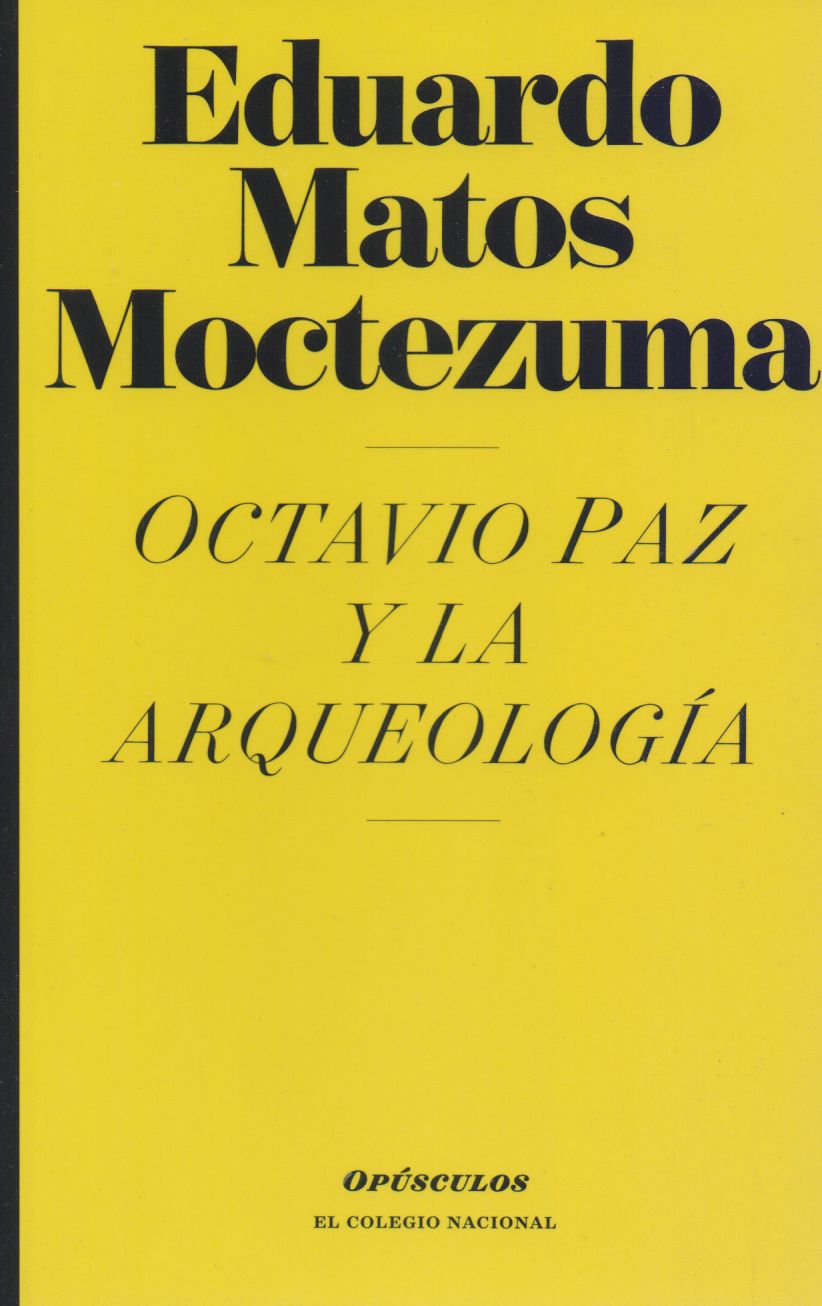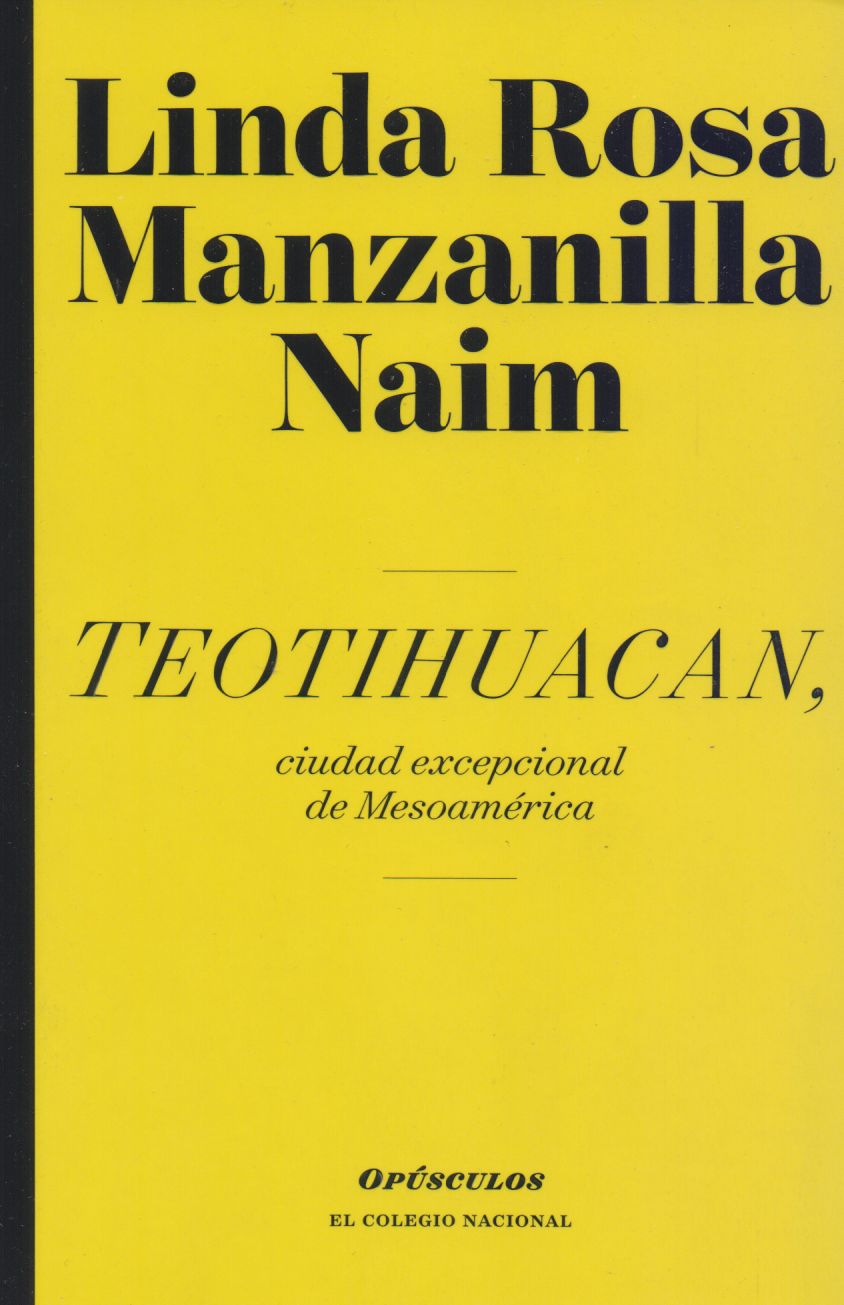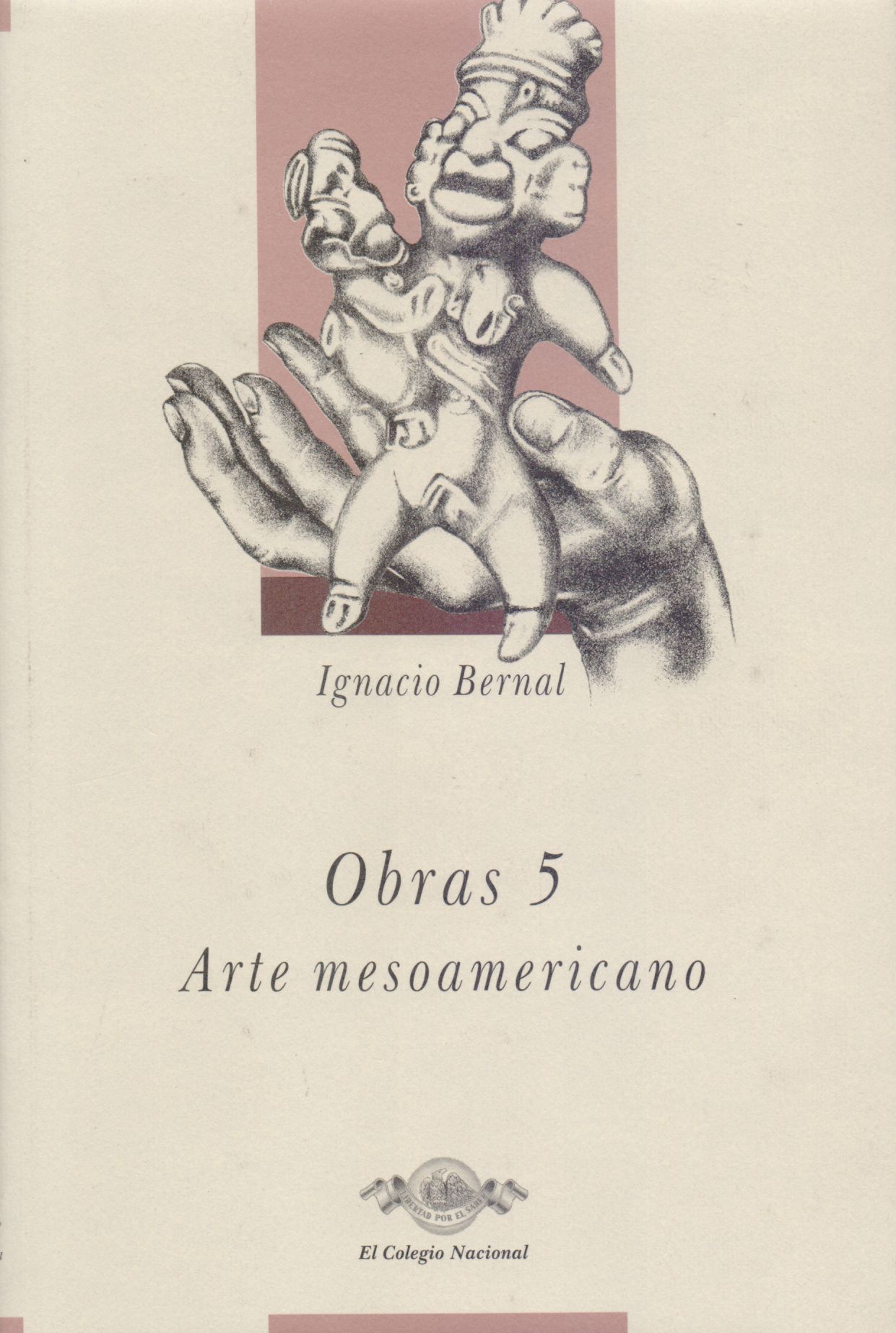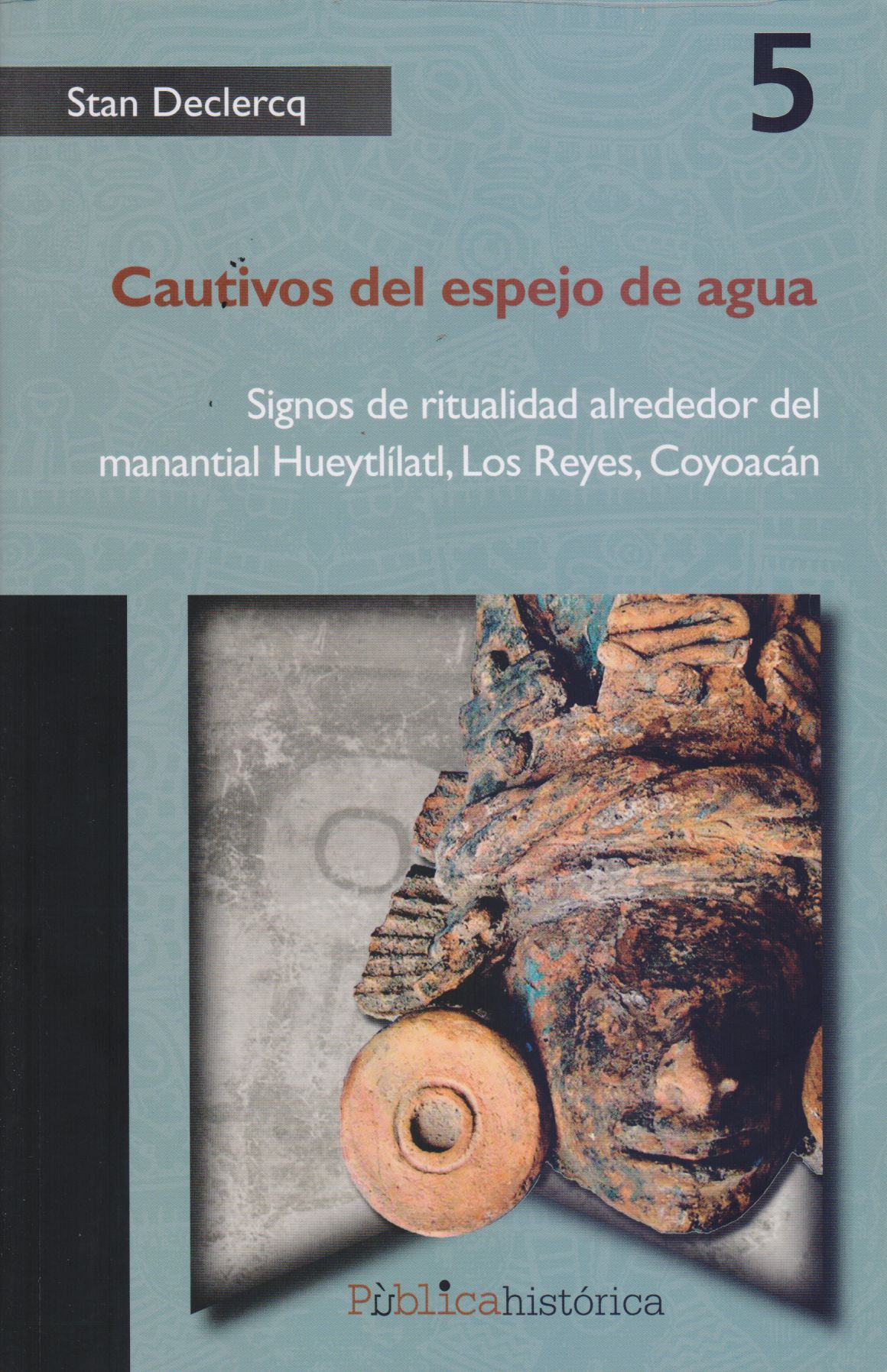Libros relacionados
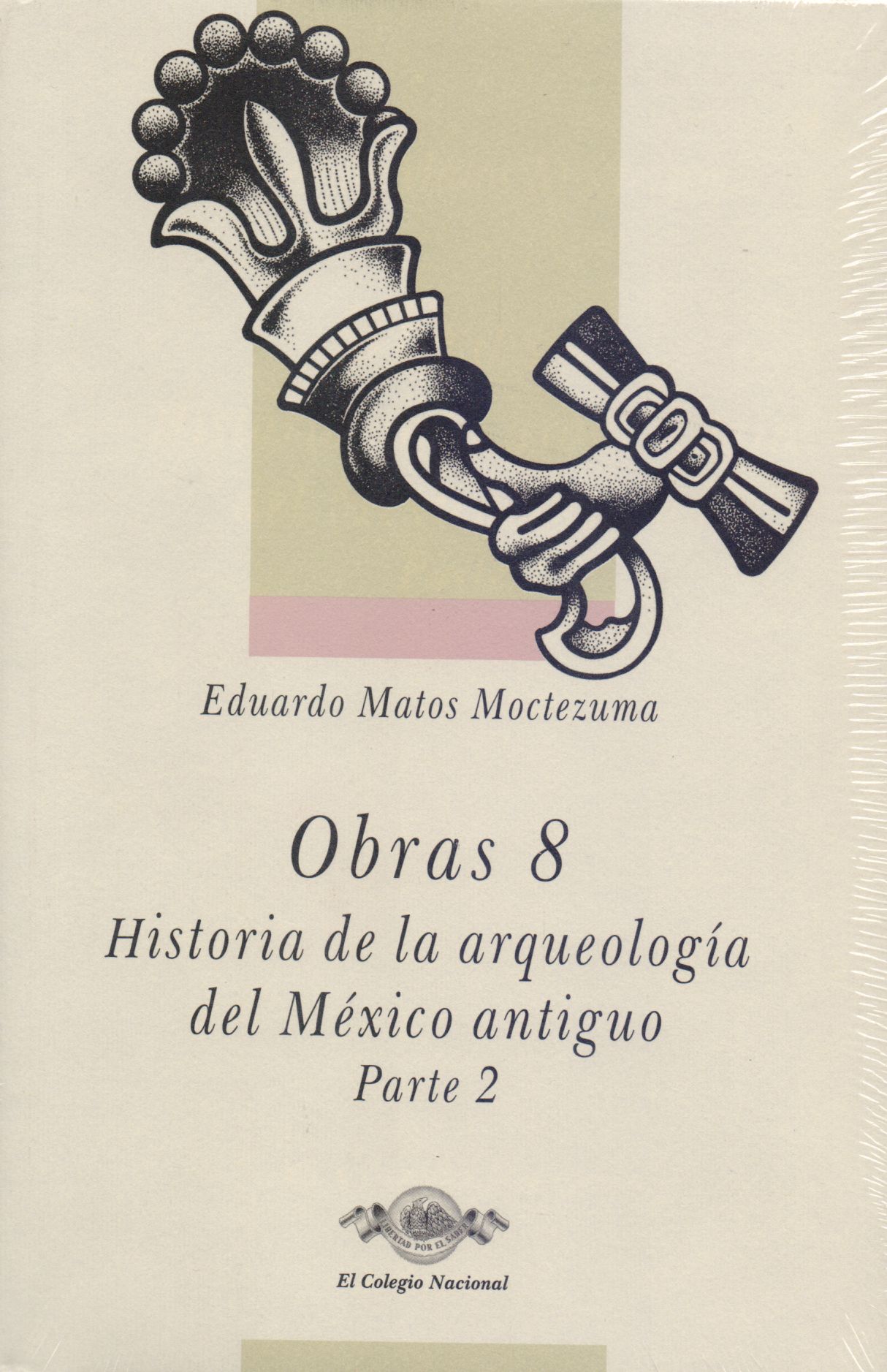 |
Obras 8: Historia de la Arqueología del México Antiguo Parte 2 Matos Moctezuma, Eduardo Colegio Nacional |
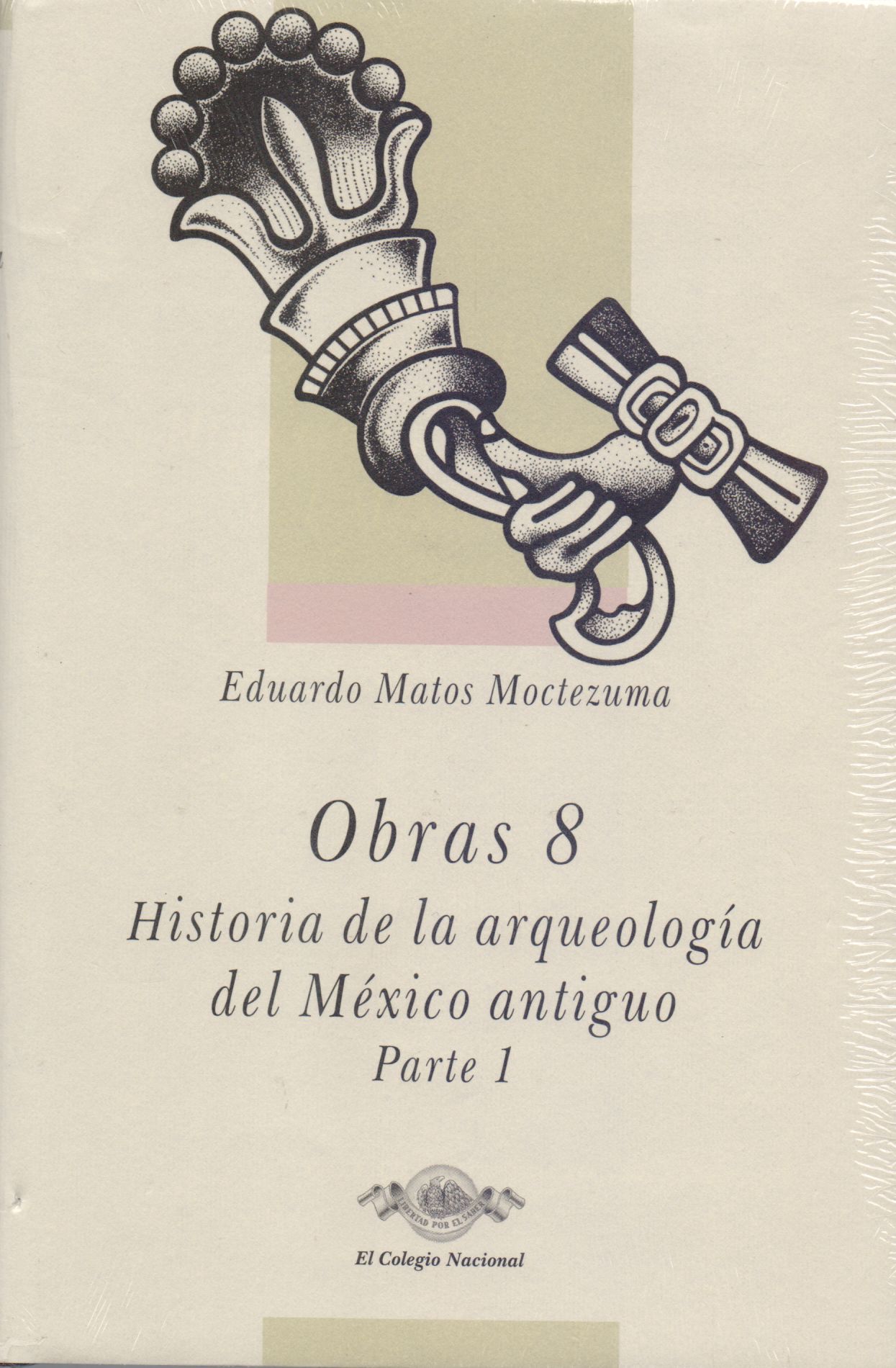 |
Obras 8: Historia de la Arqueología del México Antiguo Parte 1 Matos Moctezuma, Eduardo Colegio Nacional |
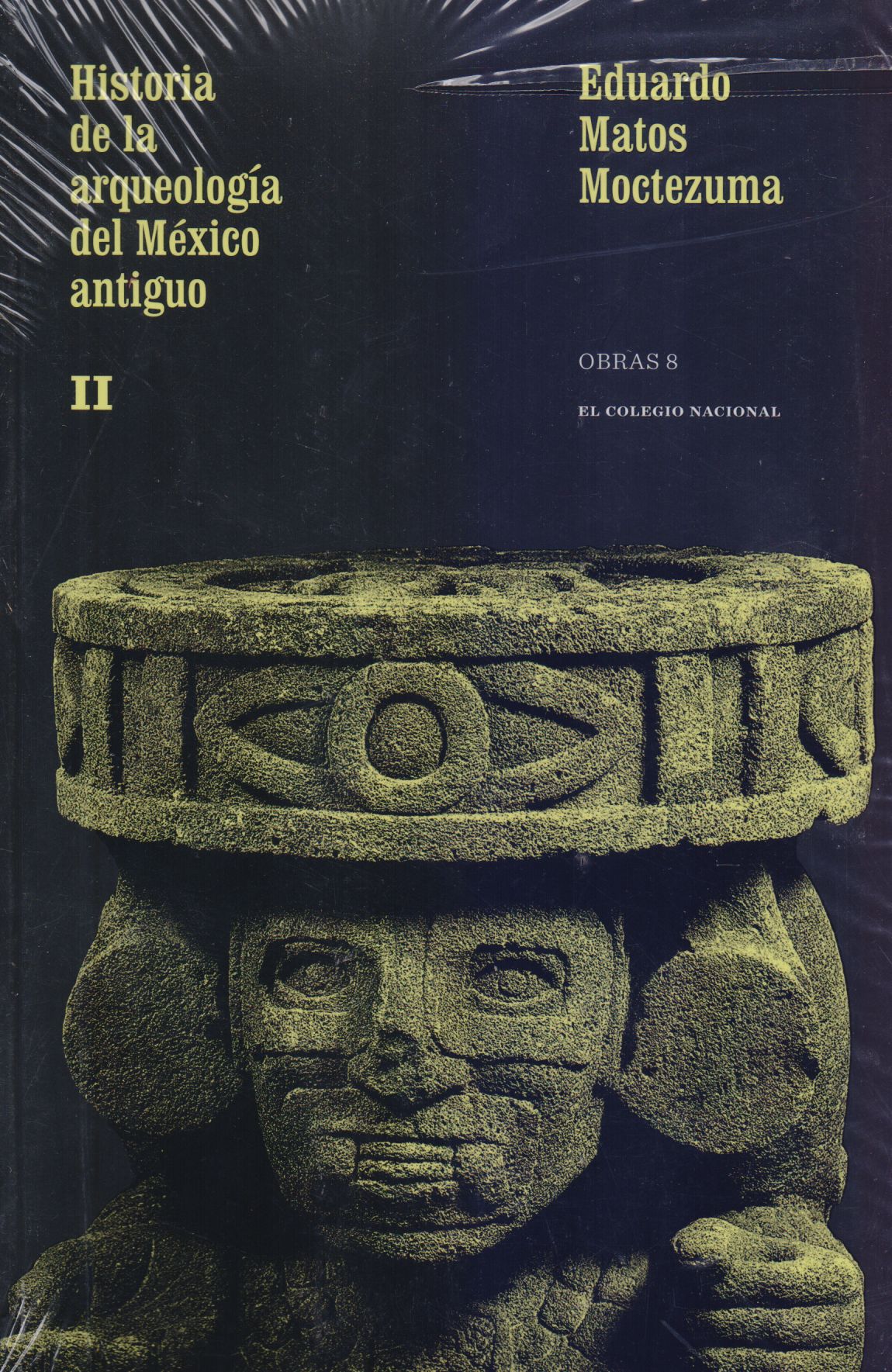 |
Obras 8: Historia de la Arqueología del México Antiguo Vol. II Matos Moctezuma, Eduardo Colegio Nacional |
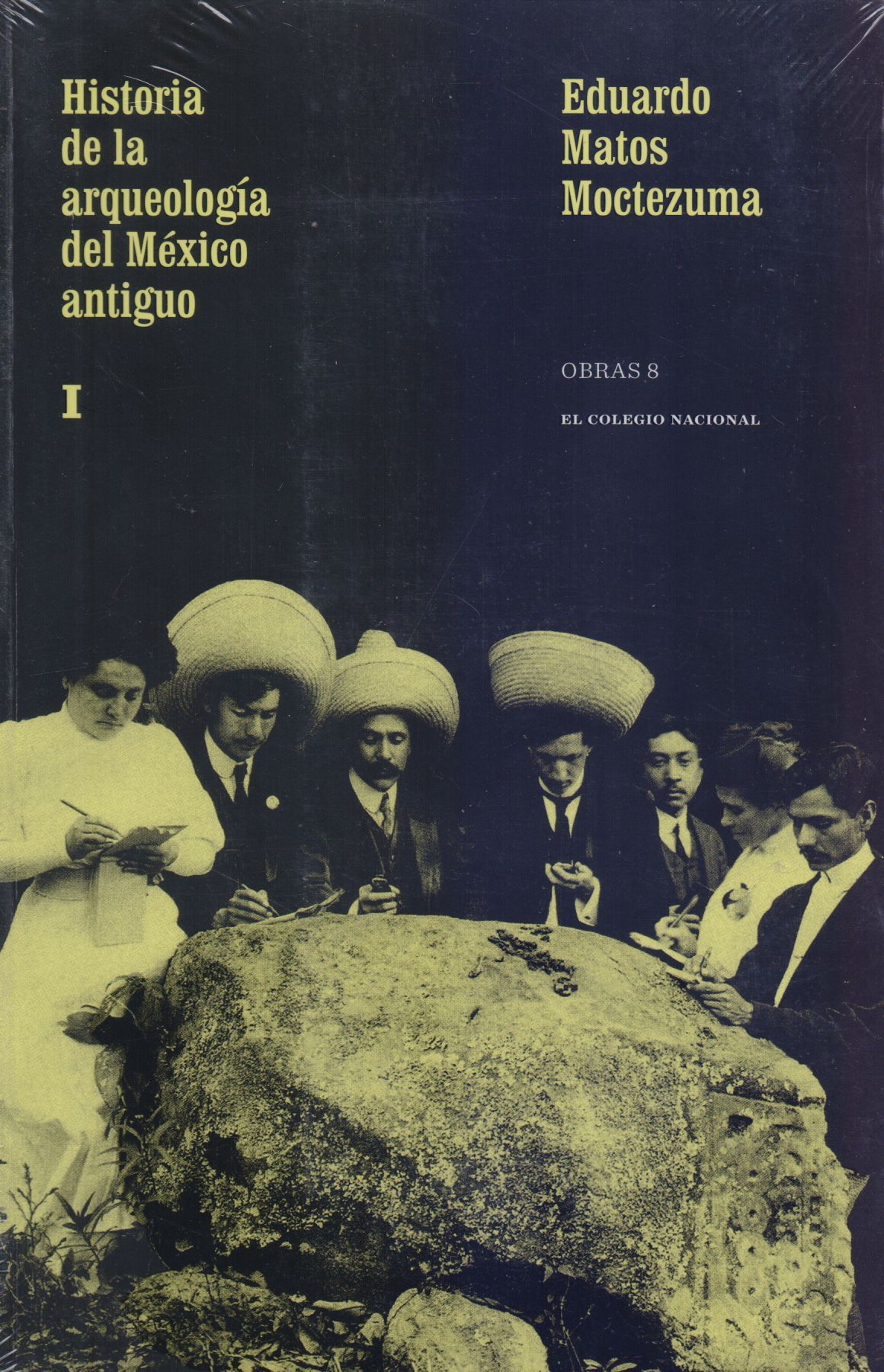 |
Obras 8: Historia de la Arqueología del México Antiguo Vol. I Matos Moctezuma, Eduardo Colegio Nacional |


|
Título: Ancient Andean Village: Marcaya In Prehispanic Nasca | |
| Autor: Vaughn, Kevin J. | Precio: $800.00 | |
| Editorial: University Of Arizona | Año: 2009 | |
| Tema: Arqueologia | Edición: 1ª | |
| Sinopsis | ISBN: 9780816527069 | |
| Although ancient civilizations in the Andes are rich in history_with expansive empires, skilled artisans, and vast temple centers_the history of the Andean foothills on the south coast of present-day Peru is only now being unveiled. Nasca, a prehispanic society that flourished there from AD 1 to 750, is best known for its polychrome pottery, its enigmatic geoglyphs (the "Nasca Lines"), and its ceremonial center, Cahuachi, which was the seat of power in early Nasca. However, despite the fact that archaeologists have studied Nasca civilization for more than a century, until now they have not pieced together the daily lives of Nasca residents. With this book, Kevin Vaughn offers the first portrait of village life in this ancient Andean society.
Vaughn is interested in how societies develop and change, in particular their subsistence and political economies, interactions between elites and commoners, and the ritual activities of everyday life. By focusing on one village, Marcaya, he not only illuminates the lives and relationships of its people but he also contributes to an understanding of the more general roles played by villages in the growth of increasingly complex societies in the Andes. By examining agency in local affairs, he is able for the first time to explore the nature of power in Nasca and how it may have changed over time. By studying village and household activities, Vaughn argues, we can begin to appreciate from the ground up such essential activities as production, consumption, and the ideologies revealed by rituals_and thereby gain fresh insights into ancient civilizations. |
||
Librería Bonilla SA de CV © Todos los derechos reservados. 2019
Última actualización: Jul 2019



